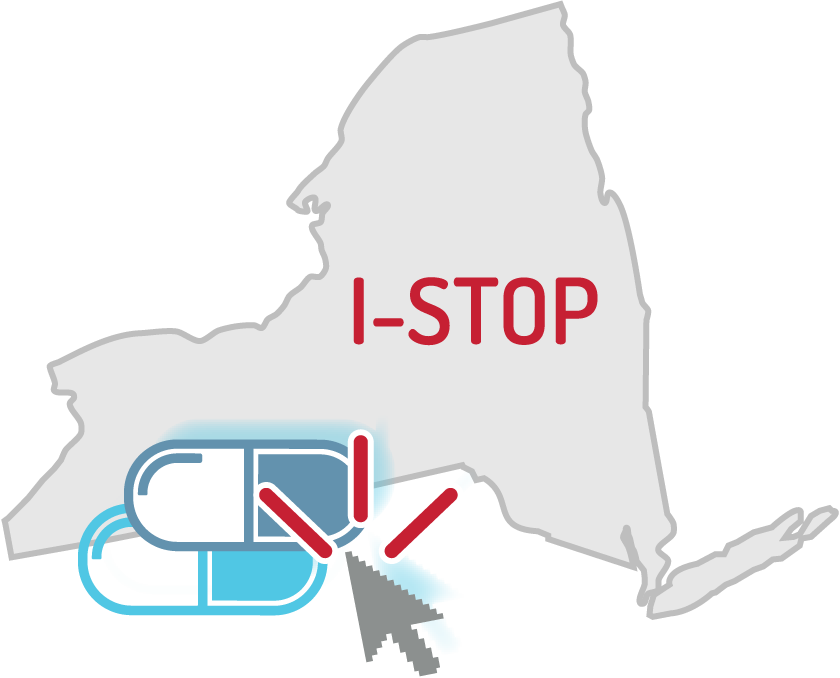How Leading New York Hospitals are Approaching I-STOP Compliance
Earlier this month, Imprivata organized a series of meetings with clinical, IT, and pharmacy leadership from several leading hospitals across New York State to discuss the Internet System for Tracking Over-Prescribing (I-STOP) Act, the state’s landmark law designed to overhaul the way prescription drugs are distributed and tracked.
Our meetings focused on the electronic prescribing of controlled substances (EPCS) requirement of I-STOP and how organizations plan to meet the March 27, 2015 deadline to comply. The discussions were lively and we heard some interesting approaches to how hospitals plan to enable EPCS. Several common themes emerged across the meetings:
- Hospitals want as much information about EPCS and the I-STOP requirements as they can get. With the deadline fast approaching, organizations are still seeking guidance on how to interpret various aspects of the I-STOP law (and the DEA interim final rule (IFR) on which it is predicated) and how to best enable EPCS. Several of the individuals we talked to had EPCS project plans in place, but were eager to hear about other approaches from their peers to make EPCS a success.
- Enabling EPCS has many steps, each of which needs to be carefully thought through. These steps includes identity-proofing prescribers to ensure they are authorized to prescribe controlled substances, assigning and enrolling these prescribers with proper authentication credentials, and deploying DEA-approved two-factor authentication for prescription signing. EPCS is complex and its success depends on a collaborative effort between key stakeholders, including IT, clinical, and pharmacy leadership, across an organization. While identifying these stakeholders and coordinating the necessary components of an EPCS project plan takes time, it is critical to boosting clinical adoption of EPCS and meeting I-STOP requirements.
- Forward-thinking organizations are taking the long view of EPCS instead of doing the bare minimum to comply with I-STOP. While I-STOP may be the compelling factor for EPCS, the individuals we met recognize that there are significant benefits of EPCS: it has the potential to help eradicate drug diversion, fraud, and abuse. The leaders we talked to also understand the importance of clinical adoption in making EPCS deployment a success. So, they are trying to design systems that consider clinical workflows. For instance, the decision about which two-factor authentication method(s) to use for EPCS depends largely on prescribers’ convenience and how/when/where their electronic prescribing workflows will take place. Fingerprint biometric authentication is usually the preferred modality because it is very easy to use and it saves clinicians time. But, organizations also want to consider, and enable, soft and hard tokens for remote prescribing workflows.
These are just a few of the many interesting discussion points from our meetings to date. Other topics included how to handle failed transmission of an electronic prescription, tips for educating local pharmacies to accept e-Prescriptions for controlled substances, and questions about whether prescribers can discard their unused supplies of secure prescription paper.
There are resources available to help answer these questions, and many others: more information about I-STOP can be found in this FAQ and general best practices for enabling EPCS can be found by downloading the Quick Guide to EPCS whitepaper. We also encourage you to contact us with any additional questions about I-STOP, EPCS, and how to enable a successful EPCS deployment project.
